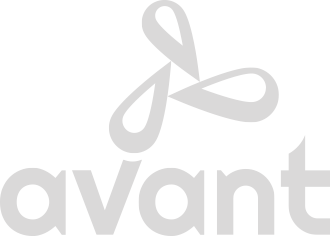The good news: You have a development plan! You are invested in the plan. Your supervisor is supportive. You are energized and eager to take time to focus on your growth.
When BAM! The quarter is coming to an end, you have revenue goals that are coming up short, you’re struggling with employee turnover, there is a major safety issue at one of your plants….in other words, the “real world” takes precedent, and there’s only so much time in the day.
Limit the number of development goals
The first recommendation is to limit the number of goals in your development plan. Many people naturally navigate to three to five goals as a starting point, but I’d strongly recommend that you focus on one, maybe two goals at any given time. Once you make some real progress, you can adjust the goals, or perhaps once you’ve conquered one of them, move on to a new goal.
Break down your goal into management bites
It’s also important to break your goal down into manageable bites – also called “chunking.” Chunking is often deployed in sport psychology – breaking a large outcome goal into small, do-able, process steps. Someone who wants to start running doesn’t immediately jump to “run a marathon” as their first goal. It makes more sense, and is much more achievable, to start with a series of smaller steps. Perhaps it’s being able to run for one consecutive mile, before moving on to two miles, and then maybe a 5k. It’s important to acknowledge each accomplishment before adjusting and moving on. If you jump to the biggest goal at the beginning, it feels too overwhelming to accomplish alongside your business goals, and in that case, the business goals will always take precedence.
Be self-aware
Self-awareness is critical during the development process. In the case of Claire, the emerging leader who was recently promoted to her first VP role and is the focus of this series, we looked at her amygdala response. The amygdala is the fight-or-flight part of the brain. Claire’s development goal is centered around high-stakes conversation. What behaviors did Claire observe about herself when she was in a critical conversation? Does she clench her teeth, sweat, withdraw, become confrontational? She needs to take time to see her patterns as she gathers data. Once she is comfortable with her self-awareness and she knows what her signs are, she can ask a few trusted people for their feedback. And with that information, she can try to predict it, and apply the calming techniques she needs for a successful high-stakes conversation.
Development doesn’t need to be a 14,000-foot mountain looming in front of you. With a few straight-forward and simple steps, you can tackle your development one step at a time. Before you know it, you’ll be approaching the next plateau and you’ll be ready for the next crest in front of you.
This is the fourth article in a five-part series on the importance of a development plan. Check out the introductory article that defined what a development plan is, the second article that differentiated between a business goal and a development goal, and the third article about transition vs development. Watch for the final article in the series about why meaningful feedback is critical to the success of your development.

